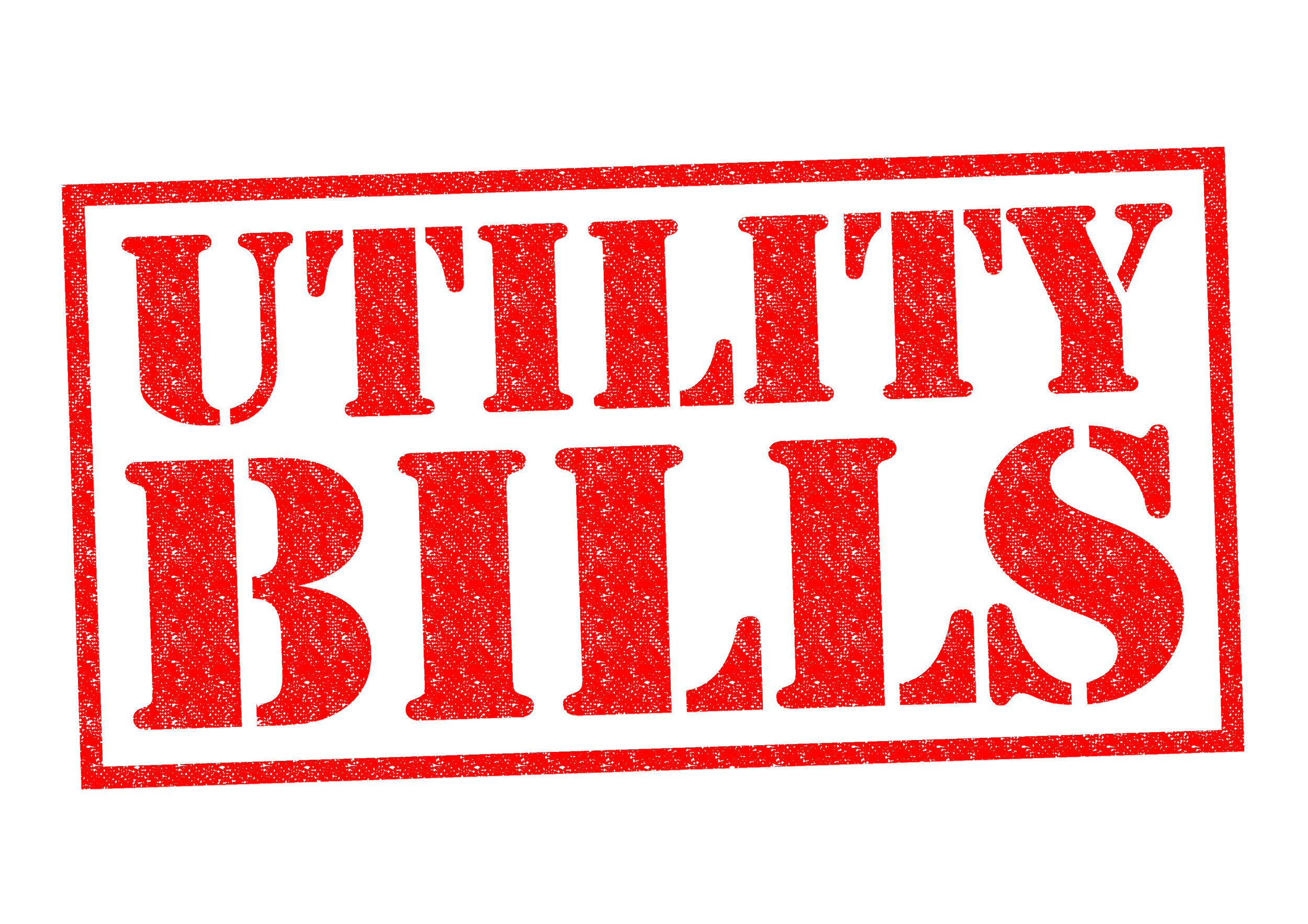I can remember back to a time in college when I had my first experience being responsible for all of the utility bills for the condo I lived in. Before that, the landlord or dorm building or my parents had paid the utilities and I had never given these nagging necessities much thought. Now in front of me stood a few bills and I was trying to make sense of all these kWhs, CCFs and MCFs…. but mostly I was frustrated they were so high!
First thing I did is what any respectable college student would do. I called my dad and asked him to explain it to me.
Me: “But I don’t get it, they use the same number of CCFs or gallons or whatever to charge me for sewer service as they do for water service?? What about all the water I drink? That doesn’t go directly down the drain.”
Dad: “Well… I think we can assume it eventually finds it’s way down the drain, if you know what I mean.”
Me: “Okay, but what if I used all that water to water my grass? Would they still charge me? It wouldn’t be going through the sewer system then.”
Dad: “You don’t have any grass. You live in a condo.”
Me: “Yes I know that, but you know what I’m getting at right? And look at this, they are charging me more than double for sewer what they are for water! That’s ridiculous!”
Dad: “Is it? Which side would you prefer to handle? Would you take lower pay to deal with what’s coming into the home rather than what’s going out? I sure would. Look utilities are like taxes… you’re pretty much stuck with them. There are a few strategies to reduce them, but you likely can’t get away from paying them.”
Dad’s calm wisdom came through again. But I would be lying if I didn’t tell you my blood pressure still rises a little bit every time I look at our utility bill. I say to myself: “You’re telling me that over the last 60 days we’ve used over 6,000 gallons of water?? How can that be?? That’s over 100 gallons per day, that’s absurd. There are people in Africa that have to walk miles for a bucket of water and I’m sitting here complaining about my life and I use over 100 gallons of water per day? What is wrong with me? I’m not even home very much!”
Alas, we can’t avoid utilities, but we can certainly be proactive about reducing our usage to save on these bills. Here are a few ideas for you:
Cable:
- Here’s what we did. 95% of any shows we want to watch that aren’t on Netflix or Amazon Prime are on ABC, NBC, CBS or FOX. If you live in a big city, chances are high that those channels get broadcast over the air, and not only that, they get broadcast in HD. So for $40, we purchased an HD antenna from Amazon (http://www.amazon.com/AmazonBasics-Ultra-Thin-Indoor-Antenna/dp/B00X4RAEZC/ref=sr_1_10?ie=UTF8&qid=1449593489&sr=8-10&keywords=hd+antenna) and hooked it into the back of the TV (the only problem is figuring out a place to attach it where the wife will approve of the aesthetics!). Then you cut out your cable package and just keep broadband. This pays for itself in one month. Additionally, you won’t find yourself wasting countless hours flipping through the trash TV channels and you’ll probably be more productive in life. Two birds with one stone. Batta bing batta boom.
Water:
- Utilize a new technology shower head that slows the water to a trickle when the water temperature reaches 95 degrees so you aren’t wasting 10 gallons of water each morning while folding your laundry and making your bed as you “wait for the water to heat up”: http://www.amazon.com/evolve-Stargazer-Showerhead-SHOWERSTART-TECHNOLOGY/dp/B001P2Y54E/ref=cm_cr_pr_product_top?ie=UTF8
- Do the replacement math on your washing machine. Old top loading washing machines tend to use about 40 gallons of water per load. New high efficiency machines are down to 14 gallons. When you look at your water bill, remember you have to count both the cost of water in and the sewer out (unless you have a septic). Dependent on how many loads of laundry you do, the payback period could be quite a bit shorter than you expected.
- Consolidate laundry loads as much as possible. Now, the ladies may have more requirements for their clothes than I do, but I don’t really see the point in doing a load of laundry for just one or two pieces of clothing. Pack that thing as full as possible to get the most bang for your buck.
- Don’t handwash your dishes! I know it seems like that would be more efficient but it actually uses significantly more water than utilizing the dishwasher. See here: http://www.treehugger.com/kitchen-design/built-in-dishwashers-vs-hand-washing-which-is-greener.html
- If you are really desperate to cut costs you could always abide by the old adage “if it’s yellow let it mellow if it’s brown flush it down,” but instead I’m going to suggest you replace your old toilets with lower gallons per flush models. Old toilets can use between 3.5-7 gallons of water per flush. New toilets can go as low as 1.28 gpf. This little difference adds up and the payback period might not be that long. Plus, installing a toilet isn’t really that hard, I just did one recently. Watch videos on YouTube, you can do it.
Energy:
- Replace your traditional light bulbs with LEDs. You can literally save over 80% of the electricity used from lighting your house. See a savings calculator here: http://www.ledwaves.com/pages/led-calc
- Unplug electronics when you aren’t using them. Many electronics suck a significant amount of power even when turned off (such as your cable box, which you won’t have to worry about if you follow our cable idea above). The easiest way to unplug them is to connect a bunch of the items related to the same activity to a power strip and simply switch the power strip off when not in use.
- Set your water heater to 120 degrees. The EPA estimates you potentially waste close to $500 per year heating and maintaining the water in your water heater at temperatures that are scalding hot (which you don’t really use). 120 degrees is still hot (for reference, hot tubs are usually set between 99-104 degrees) and you will avoid wasting energy.
- Ask for the Nest Thermostat for Christmas. This programmable thermostat (which you can access from an app on your phone) will allow you to ensure the heat is set quite a bit lower when you aren’t home. It also learns your patterns and begins to follow them without you needing to tell it what to do. This will cut down your energy bill.
- Clean out the lint in your dryer for more efficiency. Lots of power can be wasted if you have to dry items a second time. Ensure the lint is cleaned out so your dryer works effectively the first time.
- Anytime you buy new appliances, make sure they have the Energy Star label which means they meet certain energy efficiency standards and will be lower levels of power consumption.
Trash:
- Compost. Depends on where you live, but in Seattle we pay based on the size of the trash can we use. If you can go down to the smallest trash can and do more composting you can save about $15-20/month.
Alright, that’s enough for now. You are probably tired of reading (or most likely didn’t make it this far) and I’m tired of writing. If you implement the above strategies we believe you can likely cut back your total utility bills by at least 25%. Until next time.



